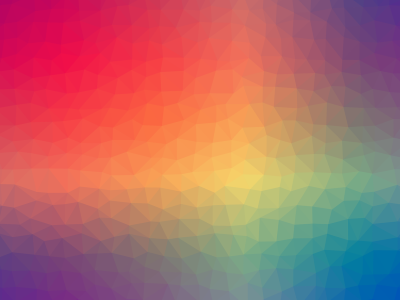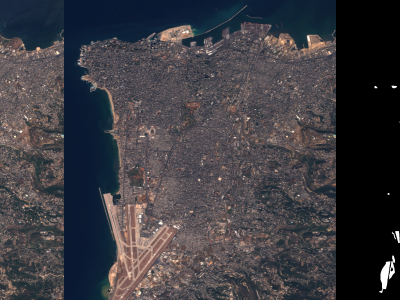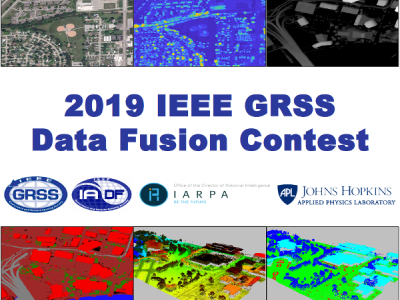《A Review of Research on Steel Defect Detection Based on YOLO Series Algorithms》relevant data

- Citation Author(s):
- Submitted by:
- Sheng Zhang
- Last updated:
- DOI:
- 10.21227/rx9y-sv43
- Links:
 4 views
4 views
- Categories:
- Keywords:
Abstract
The GC10-DET dataset is available on github (https://github.com/lvxiaoming2019/GC10-DET-Metallic-Surface-Defect-Matasets)
GC10-DET is a dataset of surface defects collected in a real industry. A real industry. It contains ten types of surface defects, namely punches (Pu), welds (Wl), crescent gaps (Cg), water spots (Water Spot). (Cg), water spots (Ws), oil spots (Os), silk spots (Ss), inclusions (In), rolling pits (Rp), creases (Cr), waist creases (Wf). The collected defects are all on the surface of steel plates. The dataset includes 3570 grey release images
Instructions:
Punching: In the production line of steel strips, steel strips need to be punched according to product specifications. Product specifications; mechanical failures can lead to unnecessary punching, resulting in punching, defects.
Welding line. When the strip is replaced, two coils of the strip need to be welded and produced, and the welding line is produced. Strictly speaking, this is not a defect, but it needs to be automatically, detected and tracked in order to avoid in subsequent cutting.
Crescent gap. In steel strip production, cutting sometimes produces defects, like half a circle.
Water spots. Water spots are produced by drying in production. In different products and, different products and processes, the requirements for this defect are different. However, because water spots generally have low contrast and are similar to other defects such as oil spots, they are usually regarded as, in general, water spots have low contrast and are similar to other defects such as oil spots, so they are usually mistested.
Oil spots. Oil spots are usually caused by contamination of mechanical lubricants, which will affect the appearance of the product. Affect the appearance of the product. Silk spots. Local or continuous wavy patches on the surface of the strip that may appear on the upper and lower surfaces with uneven density over the entire length of the strip. Uneven density over the entire length of the strip. In general. The main cause is the uneven temperature and pressure of the rollers.
Inclusions. Inclusions are a typical defect of metal surface defects, usually manifested as small spots. Fish scales, strips, and blocks are irregularly distributed on the upper and lower surfaces of the strip, globally or locally), and are often accompanied by rough pitting surfaces. Some inclusions are loose and easy to fall off, while others are pressed into the plate.
Rolling pits. Rolling pits are periodic bumps or pits on the surface of a steel plate in the form of dots. sheet, or strip. They are distributed over the entire strip length or section and are mainly caused by damage to the work roll or tension roll. caused by damage to the work roll or tension roll.
Crease. A crease is a vertical, transverse crease, with regular or irregular spacing, across the strip, or at the edge of the strip. At the edge of the strip. The main reason is the local yield along the direction of the strip's movement during uncoiling, and the local yield during uncoiling.
Waist folds. The defective part has obvious folds, which are more popular, a bit like wrinkles, indicating that the local deformation of the defect is too large. The reason is due to low carbon.







